Buddhist Women on a Path of Spiritual Awakening
A Winter Blessing
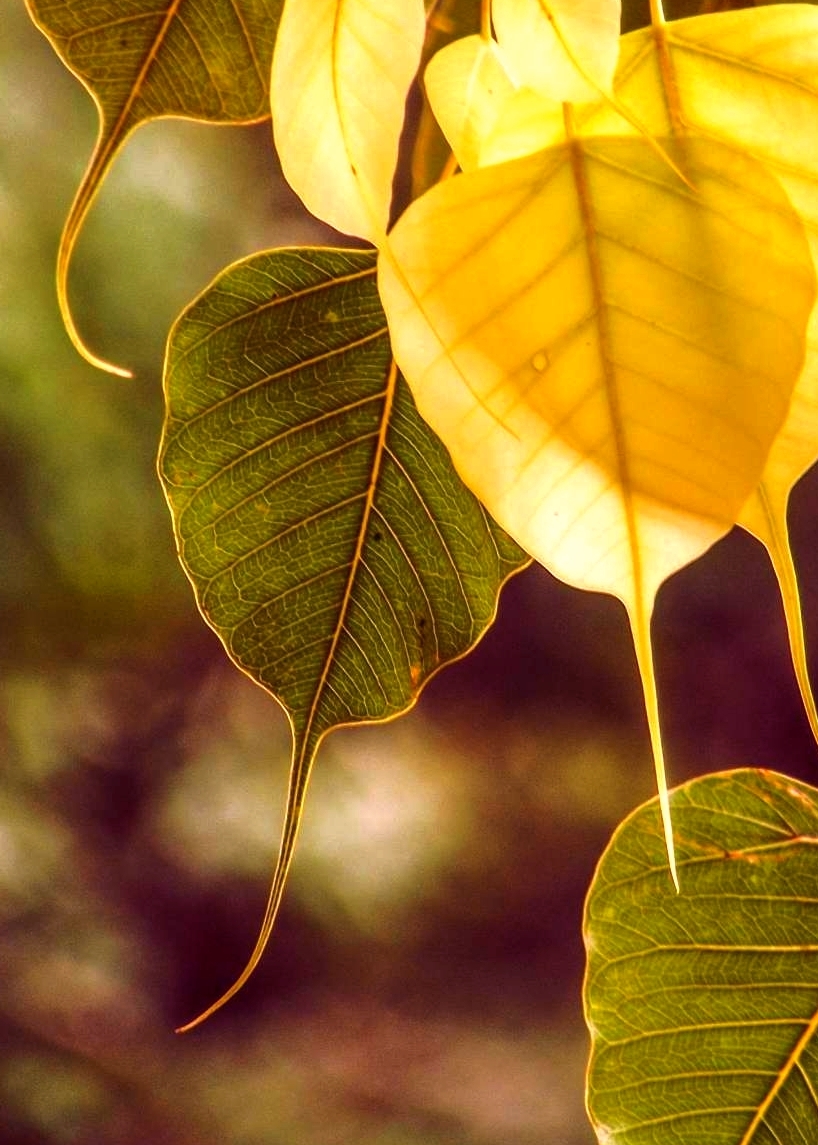
The Ratana Sutta chant, Verses on the Treasures of the Dhamma:
Visakha, the Buddha’s devotee, reflects on her generosity to the Sangha:
“When I remember it, I shall be glad.
When I am glad, I shall be happy.
When my mind is happy,
my body will be tranquil.
When my body is tranquil,
I shall feel pleasure.
When I feel pleasure,
my mind will become concentrated.
That will bring the development
of the spiritual faculties . . .
the spiritual powers,
and the enlightenment factors
in me.”
Vin. 1:290-94
Chant, Breathe, Trust
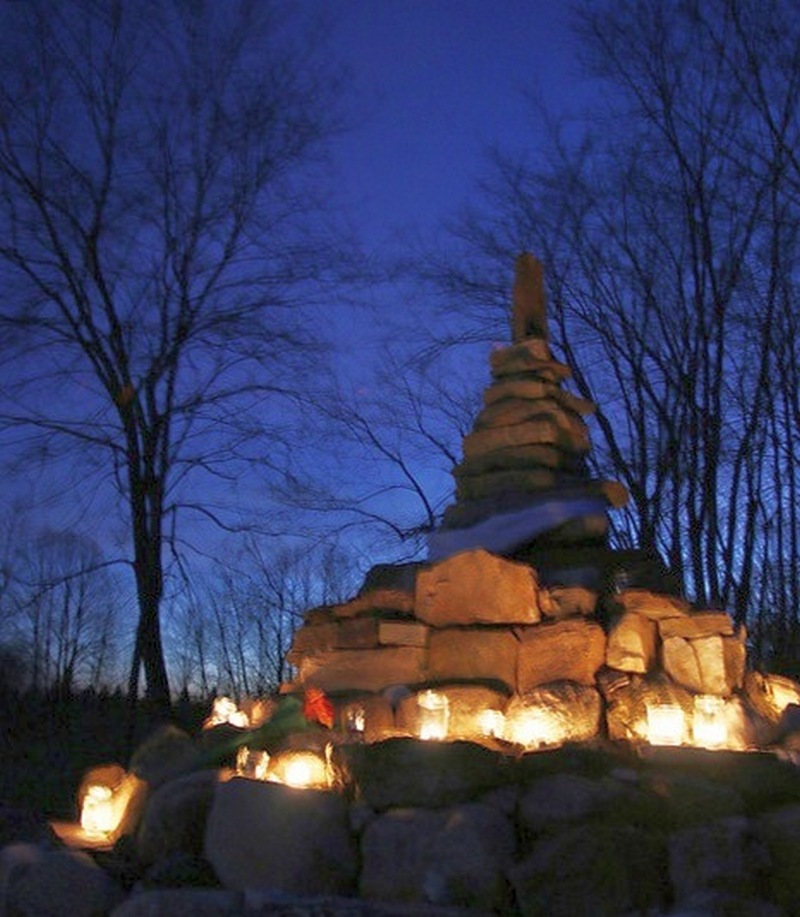 At dusk, our home grown stupa alight after a memorial to dear friend Martin Edge. We chant, breathe, reflect and renew our trust. Listening to the sky touching earth and its echo in the mind dissolving within itself.
At dusk, our home grown stupa alight after a memorial to dear friend Martin Edge. We chant, breathe, reflect and renew our trust. Listening to the sky touching earth and its echo in the mind dissolving within itself.
Ayyā Medhānandī reflects on pure internal audios from inner horizons.
Unearthly voices join our NAMO chanting at SIMT-TBC retreat
The Dhamma of Drought

September 18th was to be a full moon time alms-giving ceremony to honour our ancestral mother – the Buddha’s surrogate mother – Arahant Mahapajapati Gotami Mahatheri.
That is no longer possible for us. Under the present conditions, we are unable to accommodate visitors and have to cancel the program. Why?
Due to many months of drought, the water shed in our area is very low and our well is drying up. Use of our facilities such as toilets/sinks/showers is severely compromised. We rely on the kind gifts of water brought in from outside sources by many different hands in glass bottles or plastic containers; and we use infrequent rainwater collected in our rain barrels.
We are so vulnerable – and yet so blessed. We are safe and well. People bring us enough food and drinking water. Day by day, we learn the art of conserving water. But more importantly, the Dhamma shows us the way to make peace with these ever-changing and unpredictable climate conditions.
We are opening the Hermitage once a month for a Sunday meditation from 1-3 pm – but will not have indoor bathroom facilities through the next 8-12 weeks of drought predicted by the health authority. Even for these brief visits, we ask those who come to bring their own water to drink.
We hope you always have enough food and water. May you also have enough mindfulness to care for yourselves and each other – to know the true gift of water, of life, of goodness.
May kindness prevail. Though not easy, let us remember – it is always possible.
We send you the blessings of the Noble Triple Gems.
Sunday Meditations
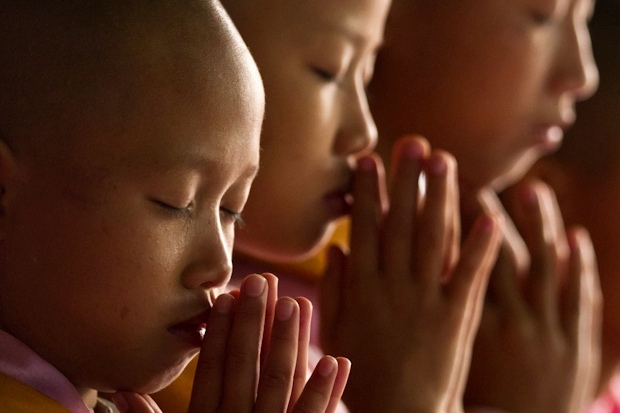
Our last Sunday Meditation for 2018 will be held on December 3lst to bring in the New Year. We welcome you to join us for chanting, meditation and a Dhamma teaching from 1:30-3:30 pm.
The monastic community and a group of dedicated practitioners will be on retreat for the duration of the Winter.
We will resume the Sunday Meditation program on March 31st with a talk on “Joy – An Under-rated Factor of Enlightenment”.
Bhante Rahula Brings Blessings
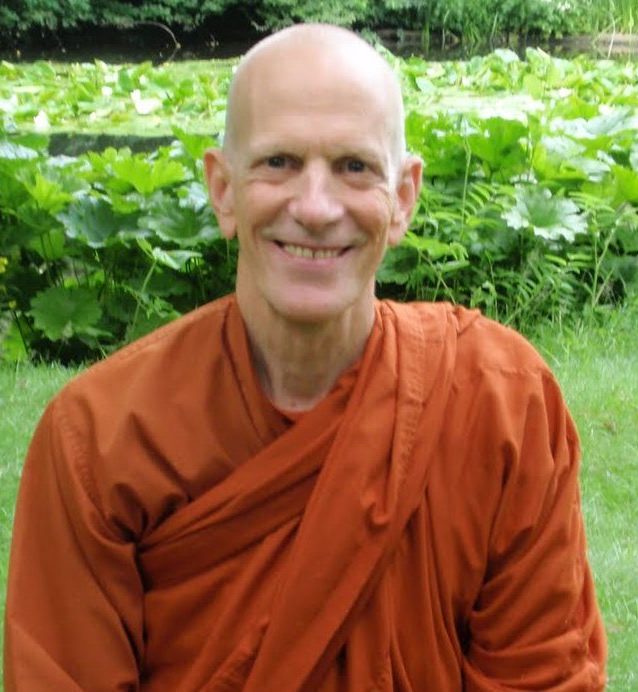 On June 13th, Bhante Rahula gave a stunning afternoon talk on the dynamics of meditation practice to a small group of eager listeners who were able to come midweek to hear his teaching at Sati Saraniya Hermitage. His rare and beautiful Dhamma sharing was only recorded in our hearts and minds. Fortunately, many of his talks are available online. And for his next visit, we will have our recorder ready!
On June 13th, Bhante Rahula gave a stunning afternoon talk on the dynamics of meditation practice to a small group of eager listeners who were able to come midweek to hear his teaching at Sati Saraniya Hermitage. His rare and beautiful Dhamma sharing was only recorded in our hearts and minds. Fortunately, many of his talks are available online. And for his next visit, we will have our recorder ready!
Dhamma Teachings in Western Canada
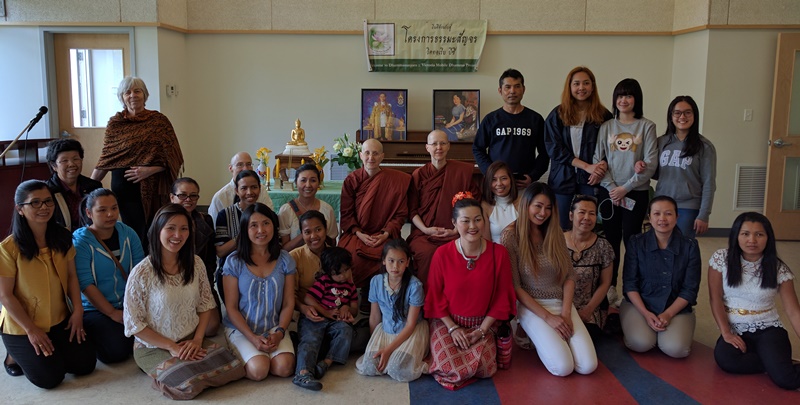 Ayyā Medhānandī and Ayyā Nimmalā at the Kalayanamitr Buddhist Society Vesak celebration in Victoria, B.C., May 22, 2016 celebrating the Buddha’s birth, enlightenment and Parinibbāna. The event included an alms-giving ceremony, guided meditation, Pali chanting, Dhamma talk and discussion time.
Ayyā Medhānandī and Ayyā Nimmalā at the Kalayanamitr Buddhist Society Vesak celebration in Victoria, B.C., May 22, 2016 celebrating the Buddha’s birth, enlightenment and Parinibbāna. The event included an alms-giving ceremony, guided meditation, Pali chanting, Dhamma talk and discussion time.
Sayadaw U Pandita
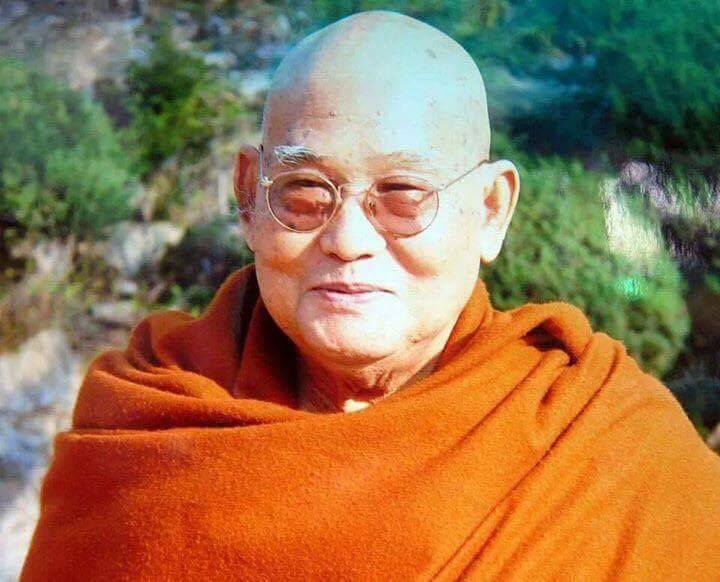 With palms on my heart, I remember and pay homage to a very rare and great being – Sayādaw U Pandita-bhivamsa of Burma – Theravāda Buddhist meditation master, teacher of teachers and practitioners and great spiritual warrior who left an indelible legacy of the Buddha’s teachings.
With palms on my heart, I remember and pay homage to a very rare and great being – Sayādaw U Pandita-bhivamsa of Burma – Theravāda Buddhist meditation master, teacher of teachers and practitioners and great spiritual warrior who left an indelible legacy of the Buddha’s teachings.
My preceptor and most venerable spiritual father, Dhamma benefactor and mentor for the last 30 years, Sayādaw U Pandita passed away on April 16, 2016 at the age of 94. These decades as a nun – my very name, robes, shaved head, whatever requisites I have received, my practice – all are his blessings.
Born on July 29, 1921 in Burma, Sayādaw U Pandita lived through dramatic periods of Burma-Myanmar’s history – under British colonialism, Japanese occupation, independence followed by 25 years of military dictatorship, and in 2016, reprieve in the form of a fledgling democracy led by one of his own students.
For more than 60 years of his life – even well into his 90’s – Sayādaw travelled the world, tirelessly teaching retreats and serving as spiritual advisor to retreat centers, monasteries and Buddhist organizations. He was revered as a leading authority in the theory and practice of samatha and vipassana meditation. During his lifetime, Sayādaw’s knowledge, fearlessness, dynamic teaching skills, and wise compassion helped to inspire a modern meditation tradition of global proportions.
Sayādaw first entered the Mahābodhi Monastery at the age of seven. Even before studying meditation under the late Venerable Mahāsī Sayādaw, he had become an accomplished Buddhist scholar. He gained distinction when Mahāsī Sayādaw chose to send him with two other monks to teach Dhamma to the people of Sri Lanka during the 1950’s.
After Mahāsī Sayādaw died in 1982, Sayādaw U Pandita became his lineage heir and abbot of the Mahāsī Sāsana Yeiktha in Yangon, Myanmar. His influence rapidly spread from Burma to the Orient and the West. In 1991, Sayādaw founded Panditarāma monastery in Yangon and became its Ovādacāriya Sayādaw (head preceptor). It now serves students internationally as one the great Theravāda meditation and study centres of the world with branches in six foreign countries.
Two of his best-known collections of Dhamma talks are In This Very Life: Liberation Teachings of the Buddha and The State of Mind Called Beautiful.
Joseph Goldstein, a founding Insight Meditation Society (IMS) teacher, shared his thoughts about the loss of Sayādaw U Pandita on LionsRoar.com: “He was such a powerful influence in all of our lives, urging us on to realize our highest aspirations. His great service to the Dhamma is inestimable. It feels like the passing of an era.”
Sharon Salzberg, also a founding teacher of IMS, shared her impressions: “We brought Sayādaw U Pandita to the Insight Meditation Society in 1984, to lead a three-month silent retreat. Joseph and I had never met him before but sat that retreat under his guidance. U Pandita Sayādaw turned out to be quite fierce and demanding. He also absolutely brought out my best effort, no holding back, and revitalized my meditation practice. I tell lots and lots of stories about things he said during that retreat. Every once in a while I think, “1984 was a long time ago!” But still they are important experiences! The following year, 1985, I went to Burma, again for three months, to practice intensive Loving-kindness meditation under U Pandita Sayādaw’s guidance. Once again my practice was transformed, and a whole new direction for my teaching was established. I can’t even find the words to describe how important he’s been for me.”
Sayādaw gave selflessly the gifts of his boundless compassion and wisdom. He instilled us with faith in our ability to awaken. He ignited in us courageous effort, a sense of urgency, and fastidious Dhamma practice. With reverence, joy, and gratitude, we carry these inestimable blessings forward for generations to come.
Ayyā Medhānandī
Winter Without Discontent
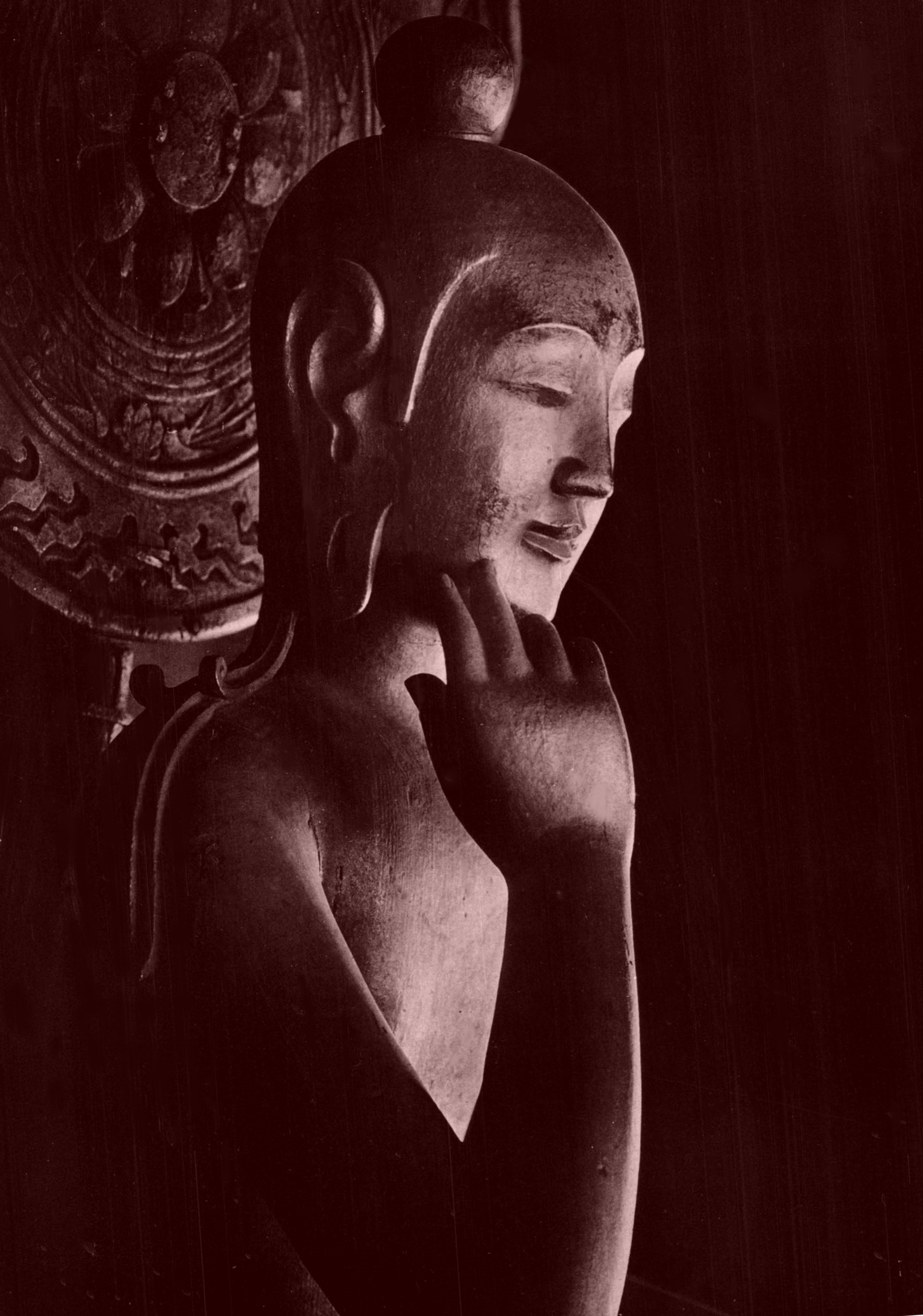
Winter’s silent retreat – a time for contemplating the ways of the world, the mind, and the way of peace. In a world full of fear, fear need not be an obstacle.
We can approach it with the mind of a doctor, inquisitive, attentive, and discerning. Or like a scientist in a laboratory studying cancer cells, we examine fear through the microscope of the mind. Then we may see it with new eyes – not frightened of it, not cowering in its presence.
Why do we allow fear to hold us hostage or bow to it as to a powerful monarch? Can we treat it as a meditation object? Let us for a moment not be averse to it or believe our perception of it as solid. Instead, feel it in the body. Where and how is it felt: in the chest, stomach, throat? Is it a heat, pressure, trembling? Do we shrink as soon as it arises, thinking it will persist?
Now we scan it attentively, knowing its contours, breathing into it as we widen our attention throughout the body. We literally give it more surface area so that the heat lowers. It becomes possible to watch more objectively.
We notice the dukkha of it, the pain, so unpleasant. That pain is also not solid. It rises up and falls away. It changes in a flow of sense impressions. Knowing that, and feeling it as it really is without jumping to the past or future, we live it as pure sensation; a feeling – mental, physical or both.
We are seeing and learning that it is not fear-full, just a burning, a force; beginning, searing through the body and mind, ripping, then fading, abating, ending, in waves of energy release or mind moments. Natural process.
The Buddha teaches us to examine our conditioned responses to fear by pondering and seeing these nuances – arising and ceasing endlessly. They reveal fear’s true essence, its nature. It is suffering. And not who we are. It doesn’t last. How can it be ours? That’s the Dhamma of fear – the truth of it.
We can also ask, what is its opposite: trust? confidence? courage? faith? Bringing up compassion for ourselves, for our effort, even reading this article, or remembering our perseverance through a difficult time; rediscovering what is beautiful within us – our good words and kind acts, however small – we give space in the body for fear to change. It becomes diffuse, losing its usual density, and fades away.
As the mind opens and clears, we usher in gratitude, loving-kindness, more compassion, and with it, wise reflection. When any of these bright qualities preside, fear withers. Such is our potential to disarm fear and heal – turning the heart to its own innate goodness and wisdom – again and again and again.
We try this many times, patiently. Little by little, we learn how it works, how to move from fear to non-fear, from contraction to calm, from disquiet to contentment and ease. As joy and trust infuse our awareness, we touch the beauty of the present moment.
Each moment of knowing the truth about ‘fear’ and emptying ourselves of it, we gather a garland of peace moments. Like the empty reed that becomes a flute, we die to fear. And the pure love we seek is known, is here.
Instead of serving fear, may we be the ready servants of compassion.
Ayyā Medhānandī
Practical Abhidhamma Course
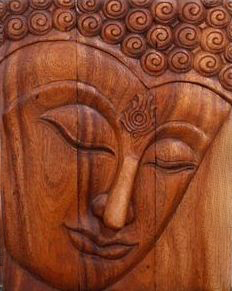
We are pleased to inform you that Rob Moult’s Practical Abhidhamma Course is now available free online in book form. This is the digital version of the Practical Abhidhamma workshop Rob taught at Sati Sārāņīya Hermitage in Oct0ber, 2015.
The course on the Abhidhamma, the 3rd basket of the Buddha’s teachings, is presented in a 200 page book for those with minimal Pāli. It covers selected themes from the Abhidhamma that are most relevant to daily life practice.
Rob’s teaching skill is transmitted in eight lessons with detailed references to the Satipaṭṭṭhāna Sutta and illustrated with helpful diagrams, charts and topic summaries for ease of comprehension and study. Audio recordings of the talks are also available for those interested.
May there be great benefit for all students of the Dhamma and the Abhidhamma.
Sāmaņerī Anuruddhā’s Pabbajja Ceremony
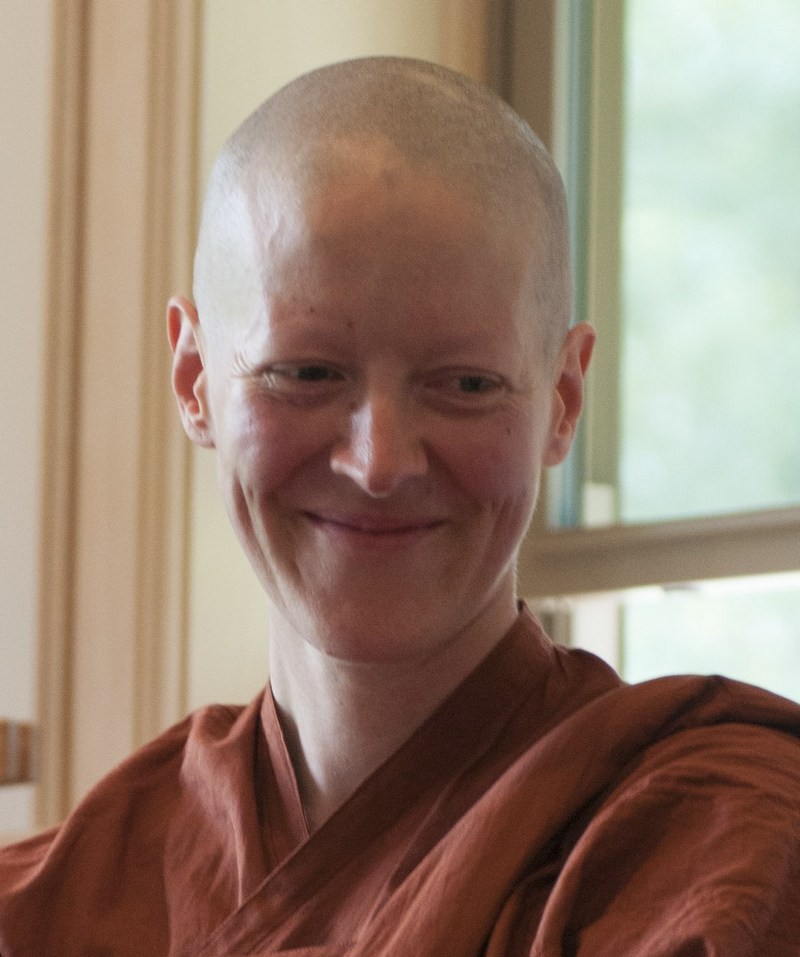 We are blessed to have a new sāmaņerī Buddhist nun. On September 13, 2015, with great joy we gathered for Sāmaņerī Anuruddhā’s pabbajja – ‘Going Forth’ ordination ceremony – in the meditation hall at Sati Saraniya Hermitage (to see the slideshow, click on any photo after following the link).
We are blessed to have a new sāmaņerī Buddhist nun. On September 13, 2015, with great joy we gathered for Sāmaņerī Anuruddhā’s pabbajja – ‘Going Forth’ ordination ceremony – in the meditation hall at Sati Saraniya Hermitage (to see the slideshow, click on any photo after following the link).
Boundless gratitude especially to all our parents, teachers, friends in the community – near and far – who helped bring forth these blessings; and to the wider Sangha who continue to inspire us with their dedicated practice on the Noble Eightfold Path.
